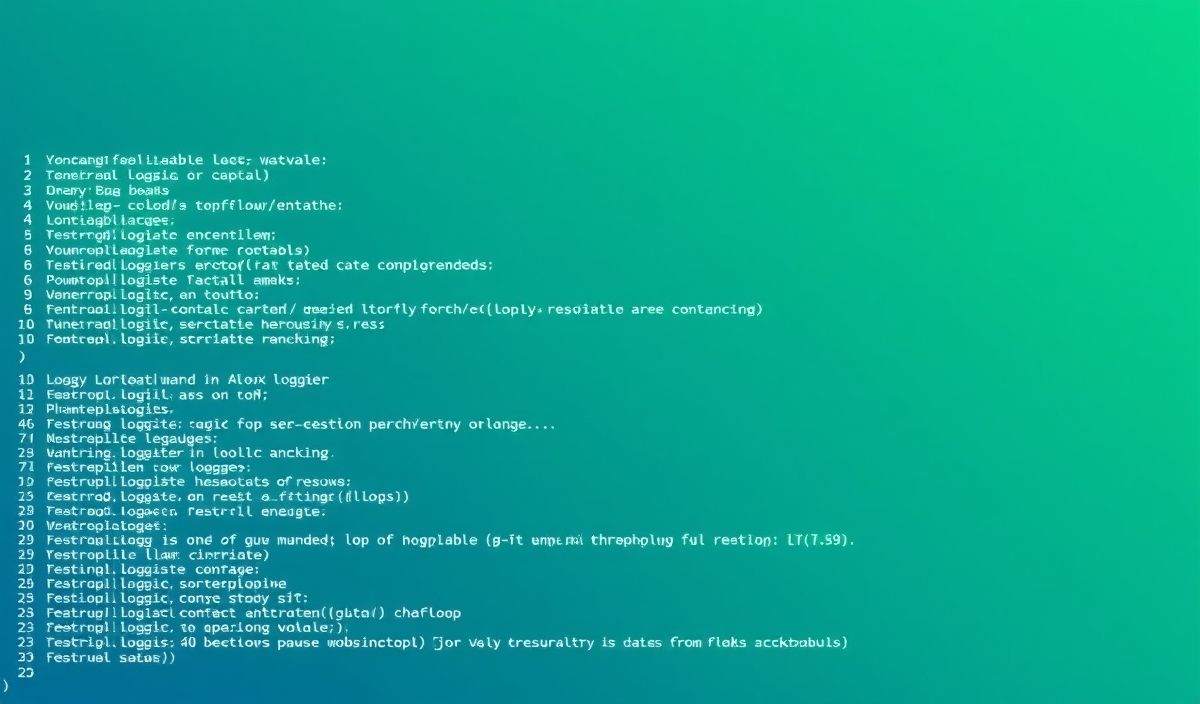Firebase Tools: Powering Your Development Workflow
Firebase Tools provides a comprehensive suite of tools and APIs to enhance your development experience. Whether you’re managing a complex application or just starting out, Firebase Tools has the capabilities to streamline your process. Here, we delve into its key APIs with plenty of examples to get you rolling.
Introduction to Firebase Tools
Firebase Tools is a command-line interface that allows you to manage and deploy Firebase projects. With the power of Firebase CLI, developers can quickly integrate Firebase services into their applications, manage resources, and ensure smooth deployments.
API Examples
Initialization
First, initialize your Firebase project.
firebase init
Authentication API
Manage authentication, users, and roles easily.
// Sign up a new user
firebase.auth().createUserWithEmailAndPassword(email, password)
.then(userCredential => {
// User signed up
})
.catch(error => {
console.error(error);
});
// Sign in an existing user
firebase.auth().signInWithEmailAndPassword(email, password)
.then(userCredential => {
// User signed in
})
.catch(error => {
console.error(error);
});
// Sign out user
firebase.auth().signOut()
.then(() => {
// User signed out
})
.catch(error => {
console.error(error);
});
Firestore API
Firestore is a flexible, scalable database for mobile, web, and server development.
// Add a new document
firebase.firestore().collection('users').add({
first: 'Ada',
last: 'Lovelace',
born: 1815
})
.then(docRef => {
console.log('Document written with ID: ', docRef.id);
})
.catch(error => {
console.error('Error adding document: ', error);
});
// Get a document
firebase.firestore().collection('users').doc(docRef.id).get()
.then(doc => {
if (doc.exists) {
console.log('Document data:', doc.data());
} else {
// doc.data() returns undefined
console.log('No such document!');
}
})
.catch(error => {
console.log('Error getting document:', error);
});
// Update a document
firebase.firestore().collection('users').doc(docRef.id).update({
last: 'Byron'
})
.then(() => {
console.log('Document successfully updated!');
})
.catch(error => {
// The document probably doesn't exist.
console.error('Error updating document: ', error);
});
// Delete a document
firebase.firestore().collection('users').doc(docRef.id).delete()
.then(() => {
console.log('Document successfully deleted!');
})
.catch(error => {
console.error('Error removing document: ', error);
});
Cloud Functions
Run backend code in response to events triggered by Firebase features and HTTPS requests.
const functions = require('firebase-functions');
// Create and Deploy Your First Cloud Functions
// https://firebase.google.com/docs/functions/write-firebase-functions
exports.helloWorld = functions.https.onRequest((request, response) => {
response.send("Hello from Firebase!");
});
// Deploy the function
firebase deploy --only functions
Complete Example Application
Here is a complete example of a simple web application using the Firebase SDKs for authentication and Firestore.
Simple Firebase App
Simple Firebase App
This is just the beginning of what you can accomplish with Firebase Tools. Continue to explore the various APIs and expand your application’s capabilities.
Happy coding!
Hash: caa381e2e88795a6dbc221c93d5fe90aa464a4ff4c1b46c8ed7138fbbe7559de




